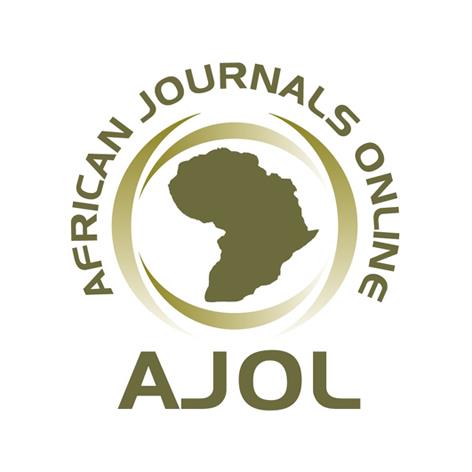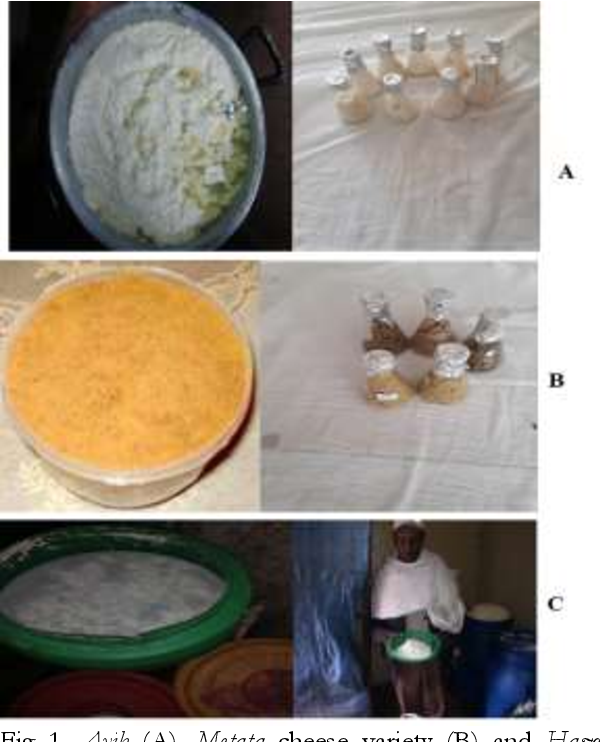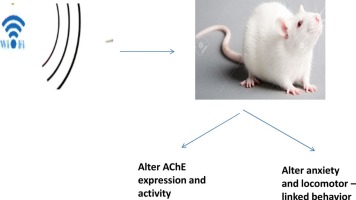Physiological Races of Colletotrichum lindemuthianum, the cause of Bean Anthracnose in Major Bean Growing Regions of Southern and Central Ethiopia
Downloads
Background: Bean anthracnose (Colletotrichum lindemuthianum (Sacc. & Magnus) Briosi & Cavara) is one of the major diseases of common bean (Phaseolus vulgaris L.) in Ethiopia causing up to a 63% yield loss. However, information regarding the race variability of the pathogen in Ethiopia is limited.
Objectives: The current study was initiated with the objective of characterizing races of C. lindemuthianum prevailing in major bean producing areas in southern and Central Ethiopia.
Materials and Methods: Thirty isolates of C. lindemuthianum, collected from potential bean growing districts of Damot Gale, Halaba Special, Melkassa, Hawassa Zuria, and Boricha in 2017 were inoculated on to 12 differential cultivars in a greenhouse using a completely randomized design.
Results: The results revealed the presence of 17 physiological races (pathotypes) of the pathogen, of which only three were previously reported from Ethiopia. Race 9 was found to be the most dominant one across the surveyed areas. Four races (2073 from Halaba Special, 2225 from Damot Gale, 2260 from Melkassa, and Hawassa Zuria, and 3047 from Boricha districts) were able to infect the highly resistant differential cultivar G2333, indicating that the Ethiopian C. lindemuthianum populations might be composed of highly virulent races. The cultivars Michelite, Mexico 222, and PI 207262 showed the most susceptible reaction to the tested races, while no cultivar was immune to the pathogen races. The results have demonstrated the existence of highly variable isolates of C. lindemuthianum that cause bean anthracnose in Ethiopia.
Conclusions: The Ethiopian bean anthracnose pathogen (Colletotrichum lindemuthianum) has high variability. The pathogen seems to be widely distributed in all studied bean growing areas with highly virulent as well as less virulent races. It is also suggested that the C. lindemuthianum population in Ethiopia could possibly be composed of highly virulent races that can cause much damage even to resistant/tolerant germplasm. The results provides important useful insights into future breeding programs for developing host resistance against bean anthracnose in the country. Identifying the race should continue using techniques that are more advanced and by including additional isolates across different agro-ecological settings in the country.
Copyright (c) 2021 Abebe Gezahegn, Alemayehu Chala, Getachew Ayana

This work is licensed under a Creative Commons Attribution-NonCommercial-NoDerivatives 4.0 International License.
- I am authorized by my co-authors to enter into these arrangements.
- I warrant, on behalf of myself and my co-authors, that:
- the article is original, has not been formally published in any other peer-reviewed journal, is not under consideration by any other journal and does not infringe any existing copyright or any other third party rights;
- I am/we are the sole author(s) of the article and have full authority to enter into this agreement and in granting rights to Springer are not in breach of any other obligation;
- the article contains nothing that is unlawful, libellous, or which would, if published, constitute a breach of contract or of confidence or of commitment given to secrecy;
- I/we have taken due care to ensure the integrity of the article. To my/our - and currently accepted scientific - knowledge all statements contained in it purporting to be facts are true and any formula or instruction contained in the article will not, if followed accurately, cause any injury, illness or damage to the user.
- I, and all co-authors, agree that the article, if editorially accepted for publication, shall be licensed under the Creative Commons Attribution License 4.0. If the law requires that the article be published in the public domain, I/we will notify Springer at the time of submission, and in such cases the article shall be released under the Creative Commons 1.0 Public Domain Dedication waiver. For the avoidance of doubt it is stated that sections 1 and 2 of this license agreement shall apply and prevail regardless of whether the article is published under Creative Commons Attribution License 4.0 or the Creative Commons 1.0 Public Domain Dedication waiver.
- I, and all co-authors, agree that, if the article is editorially accepted for publication in Haramaya Journals, data included in the article shall be made available under the Creative Commons 1.0 Public Domain Dedication waiver, unless otherwise stated. For the avoidance of doubt it is stated that sections 1, 2, and 3 of this license agreement shall apply and prevail.












